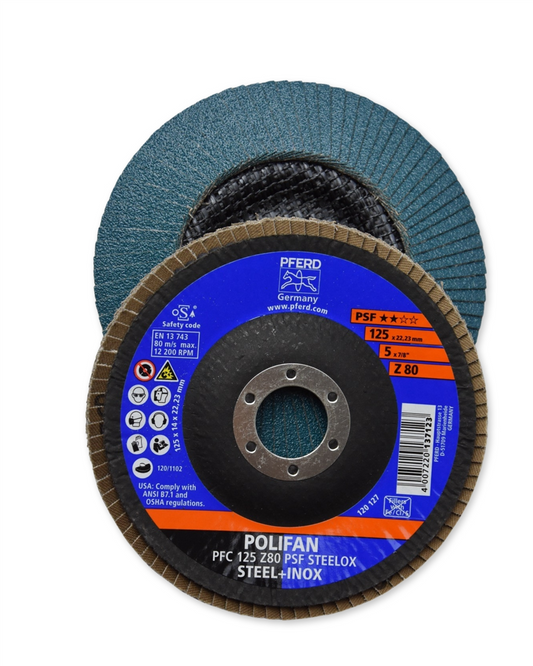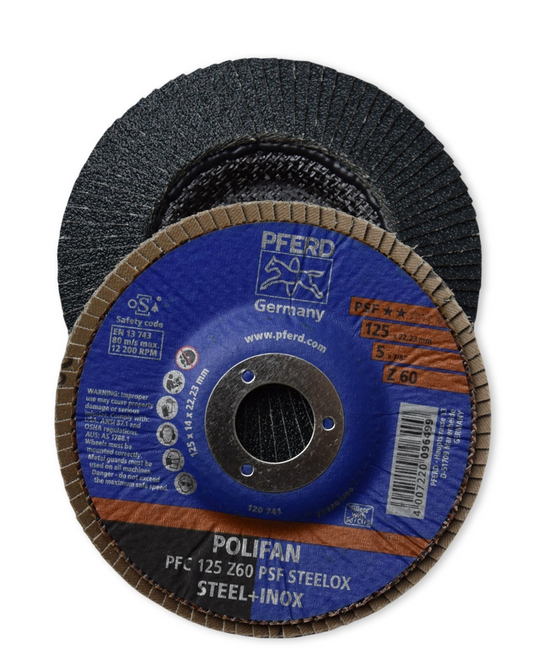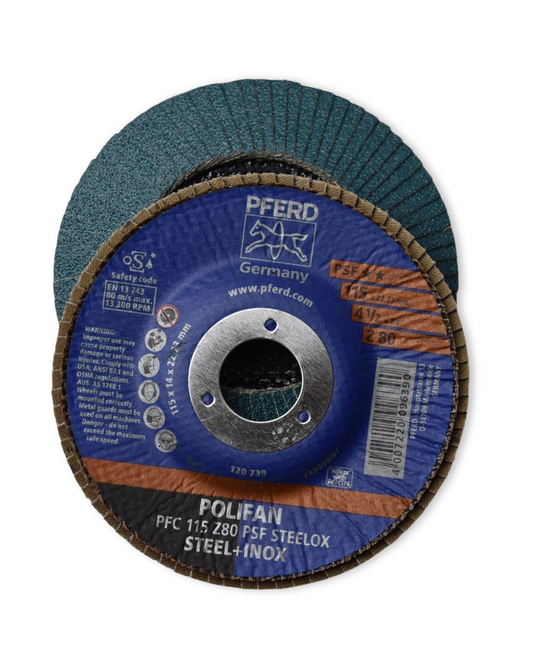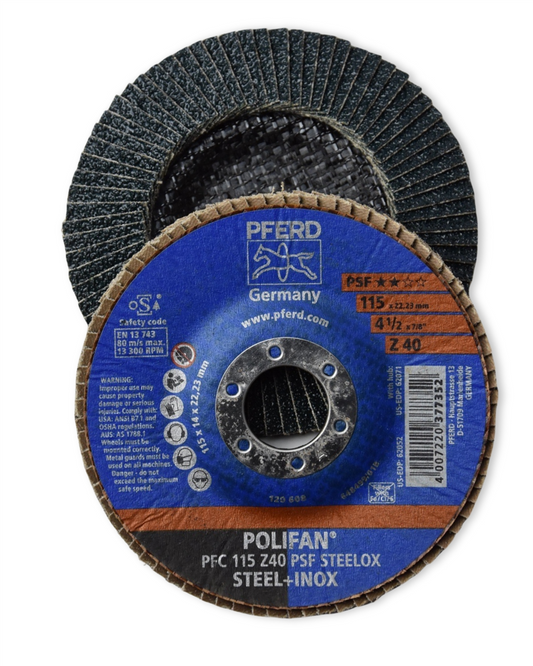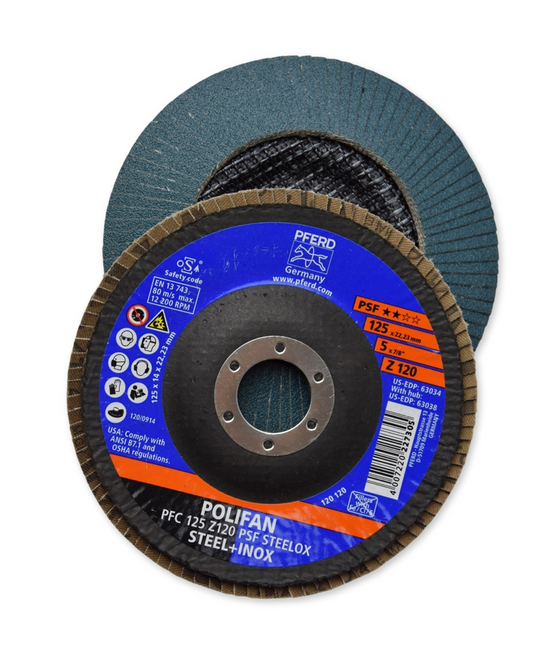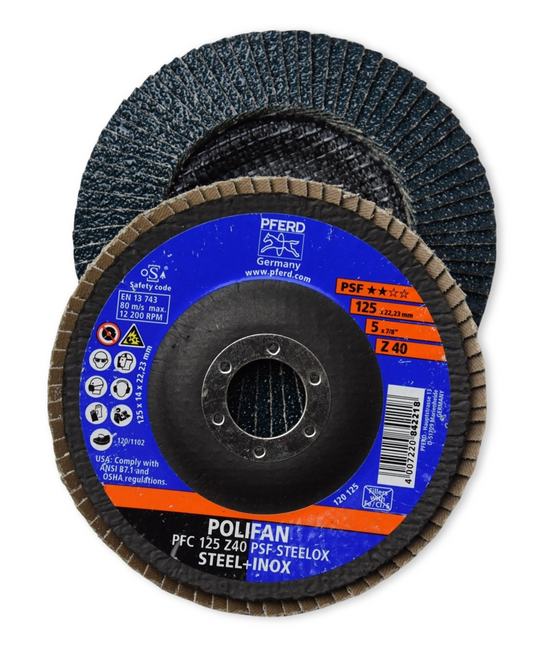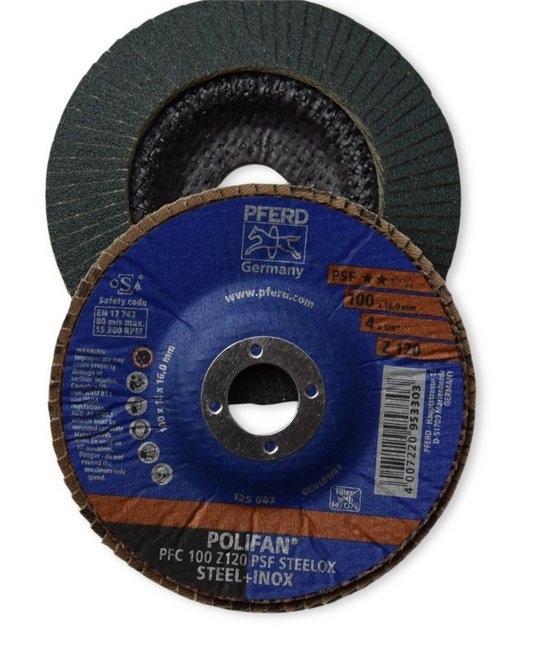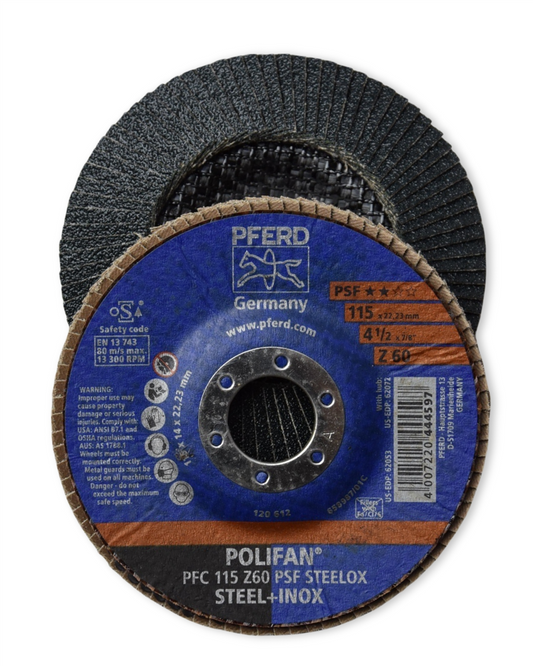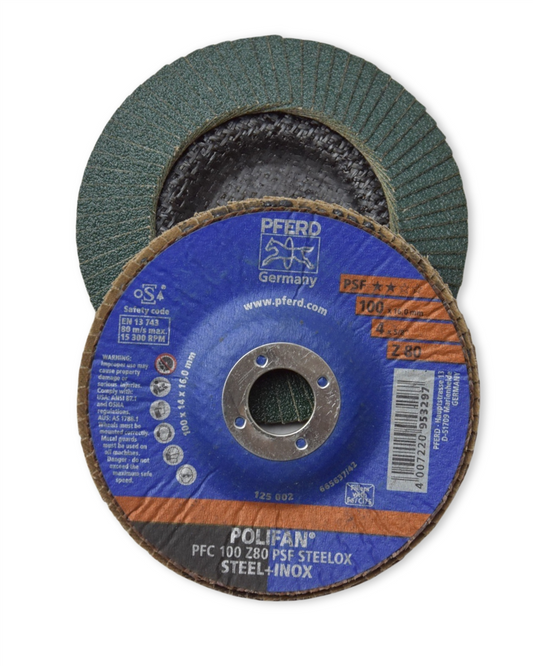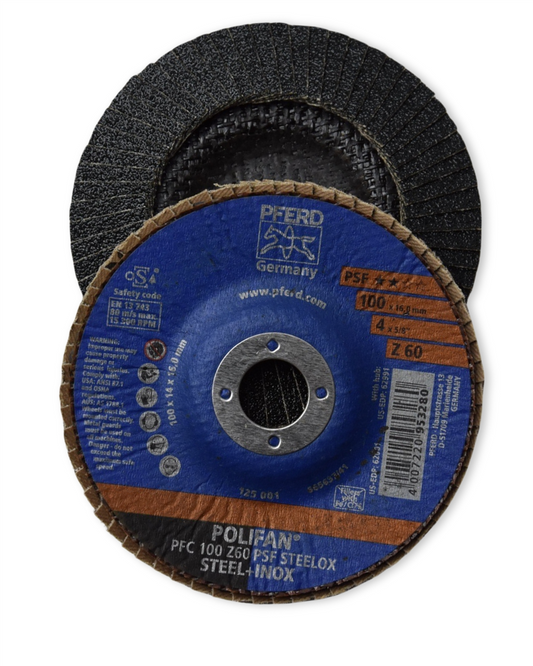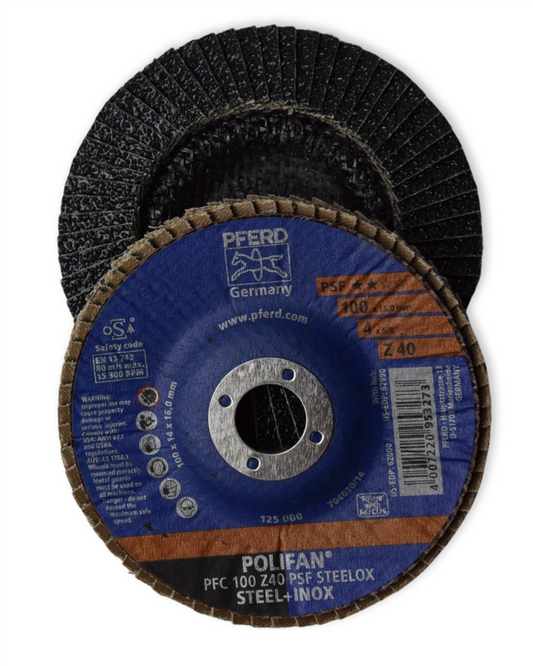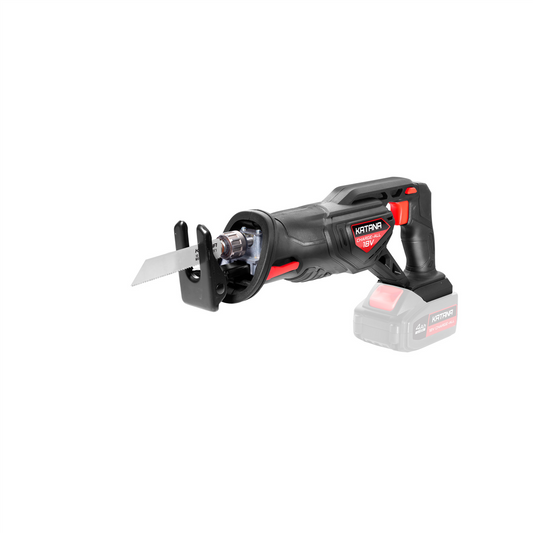How do I mark out a fence?
Share
Think of this as plotting your course before a big road trip. Without a plan, you’re heading for detours—or worse, a heated neighbourly debate. Here’s the thing, though: marking out a fence isn’t a mysterious trade secret. It’s straightforward, doable, and dare I say, a little fun. Slip on those boots, grab your measuring tape, and channel your inner pioneer. Let’s get to it.
1. Check Local Regulations—No Shortcuts!
First things first—know your boundaries. Literally. Dig out your property title or boundary plans. Not sure where they are? A quick call to your local council or a licensed surveyor will save you endless frustration.
While you’re at it, check for any sneaky rules about fence heights, materials, or styles. Some areas have quirks you’ll need to follow, especially for shared fences. Better to sort that now than face trouble after the concrete has set.
2. Chat with Your Neighbours
If your fence is on a shared boundary, don’t skip the neighbourly chat. It’s a simple conversation—show them your plan and get their thoughts. Who knows? They might even pitch in for the costs. Collaboration can be a beautiful thing.
3. Map It Out on Paper First
Before you hit the yard, grab a sketchpad and walk through your space. Jot down your house, any trees, garden beds, sheds, or driveway spots. Then draw in where you’d like your fence to run. This is the moment to think about what you need:
- Dogs or kids? Fully enclose the yard.
- Gardeners? Choose a line that blocks wind and protects your plants.
- Privacy-seekers? Opt for a sturdy, gap-free design.
When you plan with purpose, your fence becomes more than a boundary—it becomes a solution.
4. Gather Your Tools
To mark out your fence, you’ll need:
- Measuring tape
- Bright string line
- Wooden stakes/ Star Droppers
- A trusty hammer or mallet
- High-vis spray paint or flags
Trust me, string is your best friend. A wobbly fence line screams “do-over.” Do it right the first time and enjoy the satisfaction of a job well-planned.
5. Start Marking the Fence Line
Here’s where the action begins:
- Hammer in the Corner Stakes: Start at one corner and work your way around the fence area, placing stakes at each corner. If it’s a rectangle, four stakes will do.
- String It Up: Tie your string between stakes, keeping it taut. This string is your guide—your fence highway, if you will.
- Measure and Cross-Check: Use your measuring tape to ensure all sides are equal. Check diagonals too—an uneven measurement means your “rectangle” is more rhombus than right angle. Adjust until it’s spot on.
- Mark Post Spacing: Pinpoint where your fence posts will stand. Use stakes, paint, or flags to mark each spot. Posts should be spaced no more than 2.4 metres apart, but always check your local regulations to confirm requirements.
6. Avoid Underground Surprises
Before digging, call in the experts to mark any underground utilities. Pipes, cables, and water lines don’t appreciate being disturbed, and your project will be a lot smoother if you know what’s lurking below.
7. Double-Check the Alignment
Step back. Take a good, long look at your layout. Is it straight? Square? A quick five-minute check here saves hours of regret later. Walk along the string lines and make any tweaks now while it’s easy.
A Quick Note on Supplies
When it comes to tools and materials, Strathalbyn H Hardware is your ultimate pit stop. From durable fencing supplies to friendly, expert advice, we’ve got you covered. Got a question? Odds are, they’ve got the answer—and probably a helpful tip or two as well.
And there you have it. You’ve marked out your fence like a pro, setting the stage for a backyard upgrade that’s as functional as it is fabulous. Stand tall, admire those perfectly placed stakes, and know that you’re ready for the next phase: installation.
Once the fence is up, don’t forget to kick back with a drink in hand and soak up the pride of a job well done. Oh, and send us a photo! We’d love to see how your project turns out. Here’s to your next backyard triumph! ☀️
Happy Fencing
Candeece

